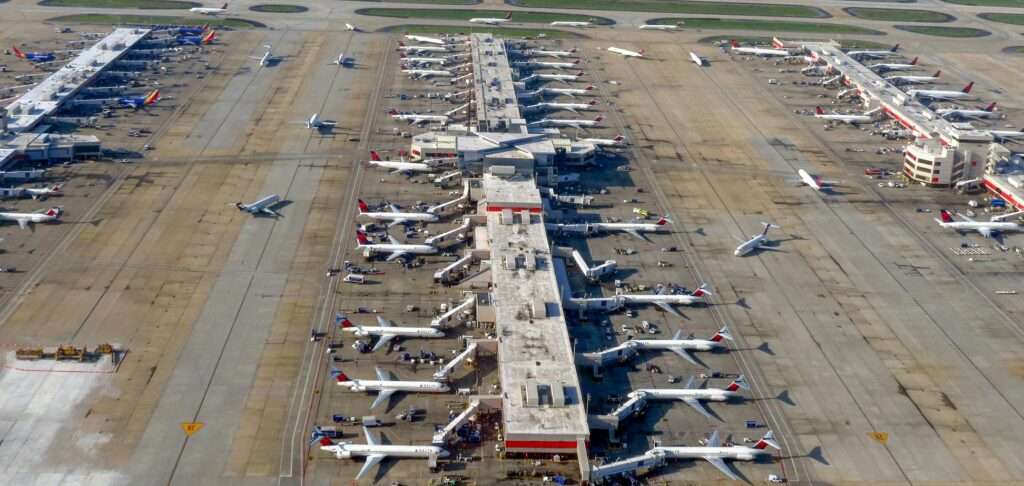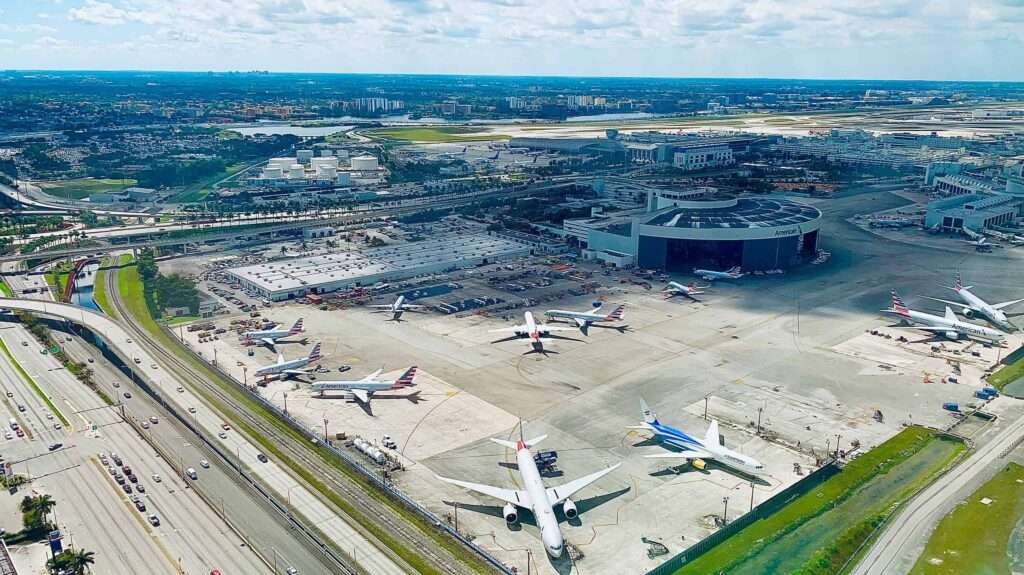The Federal Aviation Administration (FAA) this week announced a $121m investment package aimed at reducing close calls at airports across the U.S.
A lot of projects are underway that is aimed to reduce the risk of runway incursions and enhance safety across the country.
Without further ado, let’s get into it…
The Investment Projects from the FAA to Reduce Close Calls at Airports…

[monsterinsights_popular_posts_inline]
In their statement, the FAA cited the following projects currently taking place:
- Boston Logan International: $44.9 million to simplify airfield layout by removing part of Taxiway Q and F as identified in the airport’s runway incursion mitigation plan; rehabilitates Taxiway T, N and M pavement to ensure safe airfield operations and 10,083 feet of the existing Runway 15R/33L to maintain the structural integrity of the pavement and to minimize foreign object debris.
- Ted Stevens Anchorage International Airport: $39.8 million to simplify airfield layout by removing part of Taxiway Z to for geometric improvements; installs a new Taxiway E lighting system for Taxiway E and R to enhance safe airfield operations during low visibility conditions; extends Taxiway Z an additional 400 feet to meet the operational needs of the airport; widens Taxiway Z and E due to a change in the critical design aircraft using the airport and extends Taxiway R to meet the operational needs of the airport.
- Ronald Reagan Washington National Airport: $5 million to begin construction of new connector taxiways to Runways 1/19 and 15/33 to reduce the delays of existing traffic and reconfigures Taxiways J, K, L, N, N1, S and Hold Bays 15 and 19 to meet Federal Aviation Administration design standards.
- Willow Run Airport, Detroit, Michigan: $12.8 million to construct a 6,720 foot parallel Taxiway A to eliminate the need for aircraft to back-taxi on the runway.
- Eugene F. Kranz Toledo Express Airport, Ohio: $4.6 million to shift Taxiway B11 from its current airfield location to 450 feet east to meet FAA design standards and improve 16,450 square feet of the airport’s taxiway safety area erosion control system to eliminate ponding on airfield surfaces to meet Federal Aviation Administration design standards.
- Richmond International Airport, Virginia: $5.6 million to shift Taxiway E from its current airfield location to the north to meet Federal Aviation Administration design standards.
- Jackson Hole Airport, Wyoming: $2.6 million to construct a 1,500 foot Taxiway to eliminate the need for aircraft to back-taxi on the runway and to rehabilitate 2,400 feet of the existing Taxiway A pavement to maintain the structural integrity of the pavement and to minimize foreign object debris.
- Naples Municipal Airport, Florida: $3.5 million to reconfigure Taxiway A at the intersection with Taxiway B to improve non-standard pavement geometry; shift Taxiway A3 and reconstruct 3,000 feet of the existing service road to enable the safe movement of vehicles and ground service equipment.
Commenting on this was Shanetta Griffin, the Associate Administrator for Airports:
“The FAA is serious about ending runway incursions and we are putting substantial resources behind our efforts”.
“In some cases the best way to address safety risks is modifying or reconfiguring existing airfields – these grants directly address those situations.”
All eyes will be on the the organization to see whether the improvements made will be able to fix the high number of close calls ongoing at U.S airports.

Click the banner to subscribe to our weekly newsleter.









